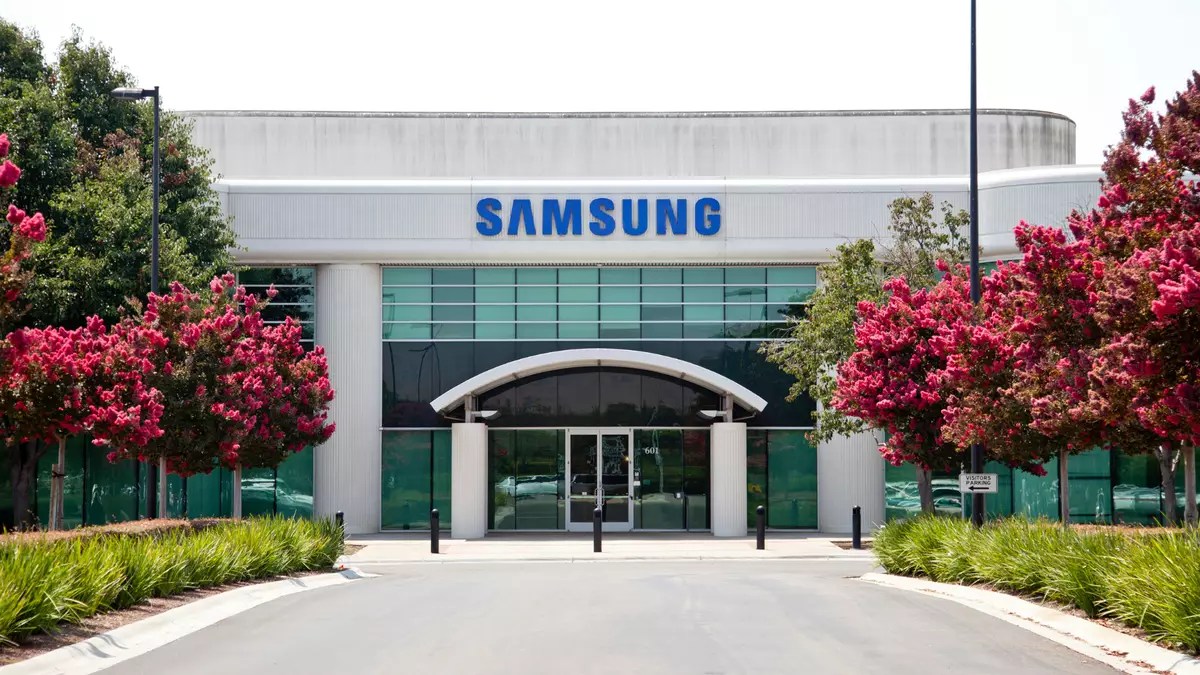In a landscape where trade tensions and tariff regulations can dismantle market stability, Samsung Electronics has found a silver lining. As industry competitors grapple with rising tariffs imposed by the U.S. government, Samsung reported a striking operating profit of approximately 6.6 trillion won ($4.47 billion) for the first quarter of 2023. Notably, this figure eclipses market predictions by a significant margin, showcasing Samsung’s ability to turn adversity into advantage. In an unpredictable environment, consumers eager to avoid impending price hikes rushed to secure Samsung’s memory chips and smartphones, driving home the company’s financial gain. This consumer behavior underscores the precarious nature of global trade in the face of mounting tariffs.
Supply Chain Dynamics Shift
Tariffs fundamentally alter the dynamics of supply chains. Several manufacturers were previously entrenched in a Just-in-time (JIT) inventory model aimed at optimizing efficiency and minimizing waste. However, the looming threat of rising tariffs appears to have catalyzed a radical shift; firms are increasingly opting for preemptive stocking of memory chips and other critical components. According to Greg Roh, a respected research analyst at Hyundai Motor Securities, strong demand for memory chips is a direct response to fears of escalating tariffs, as firms rapidly seek to navigate potential inventory shortages. This wave of purchasing behavior indicates that many companies are now reluctant to adopt the lean manufacturing principles that once defined their operations, fearing that today’s decisions might dictate their viability tomorrow.
The Impact of Tariffs on the Tech Ecosystem
While Samsung experiences surging sales, a ripple effect emerges across the tech landscape. The imposition of tariffs has severe ramifications for not just electronics manufacturers, but also for related stakeholders. With U.S. President Trump raising tariffs significantly—from an initial 10% up to a staggering 32% for key suppliers like Vietnam and China—the tech community is on high alert. Companies such as Nintendo have already hit the brakes on their preorders in America, indicating a serious reassessment of their pricing strategies. The prospect of selling products below cost is an alarming thought for manufacturers, especially in an industry driven by slim margins and fierce competition.
As companies restructure their pricing models to buffer against the anticipated weight of tariffs, unpredictability reigns. This phenomenon is especially poignant for firms like Framework, which recently announced it would no longer offer certain lower-priced products, acknowledging the economic strain tariffs can impose on pricing structures. Such decisions reflect the overarching challenges companies face: Should they sacrifice profitability to meet consumer demand, or should they protect their margins at the risk of losing market share?
Hoarding Resources for Tomorrow’s Battles
The urgency with which manufacturers are loading up on inventory signals a new reality: the notion of “hoarding” essential components like memory chips has become a survival tactic. Firms are keenly aware that unpredictable tariff regimes can disrupt not only current production but future planning. Every purchasing decision now comes with the weight of uncertainty attached, rendering traditional business forecasting tools less effective. For memory chip manufacturers like Samsung, maintaining robust shipments in the face of tariffs positions them advantageously during turbulent times, yet this windfall could be a double-edged sword.
Consumer technology, from smartphones to laptops, is headed for a pricing upheaval. With fears of inflated costs looming on the horizon, the current surge in early sales may be a short-lived spike that masks deeper vulnerabilities in the market. As existing tariffs evolve, businesses must make the difficult choice between immediate gain and long-term strategic planning. While Samsung basks in its first-quarter success, the question remains: how sustainable is this model in a market defined by incessant change?
The Unforeseen Consequences Ahead
With various manufacturers caught between the promise of immediate profit and the peril of a disrupted market landscape, the tech industry stands at a precipice. Samsung’s windfall raises numerous questions about the balance of power in the global manufacturing ecosystem. As companies recalibrate their strategies, anxious consumers and investors alike must brace themselves for the financial aftershocks of tariff turbulence. What remains clear, however, is that the impending fluctuations in product pricing—should tariffs persist or escalate—will continue to challenge the tech industry’s resilience and adaptability in the face of adversity.


Leave a Reply